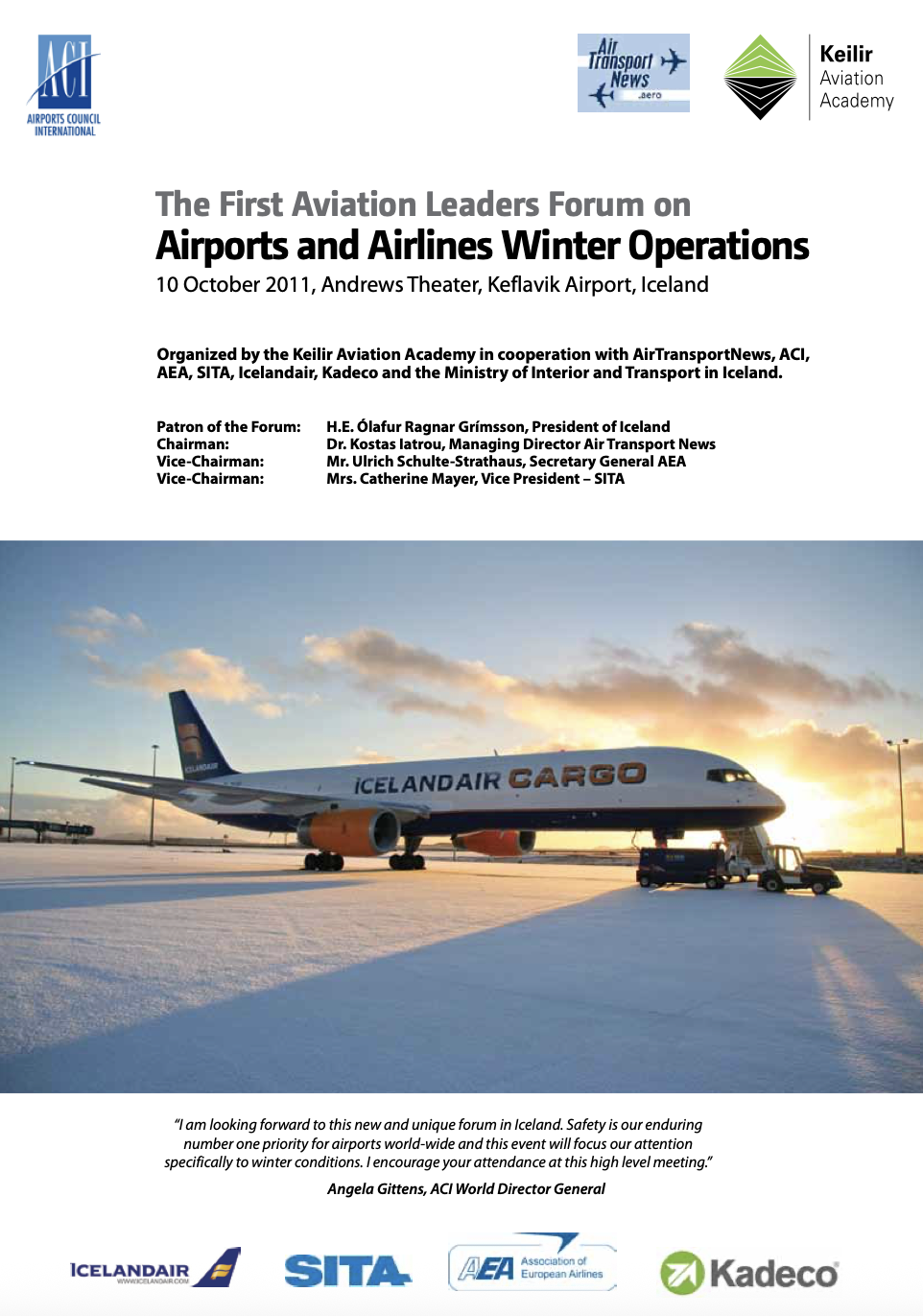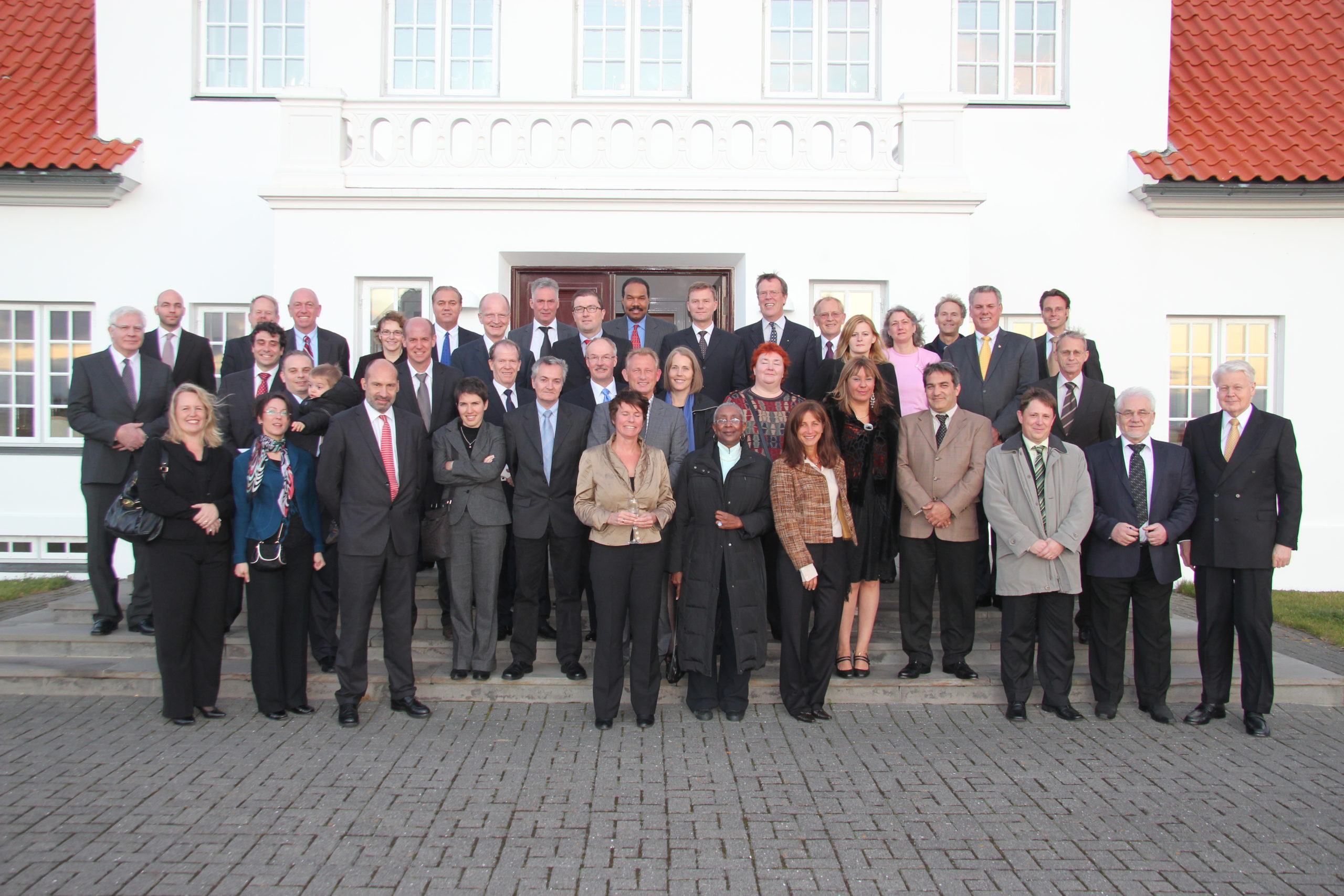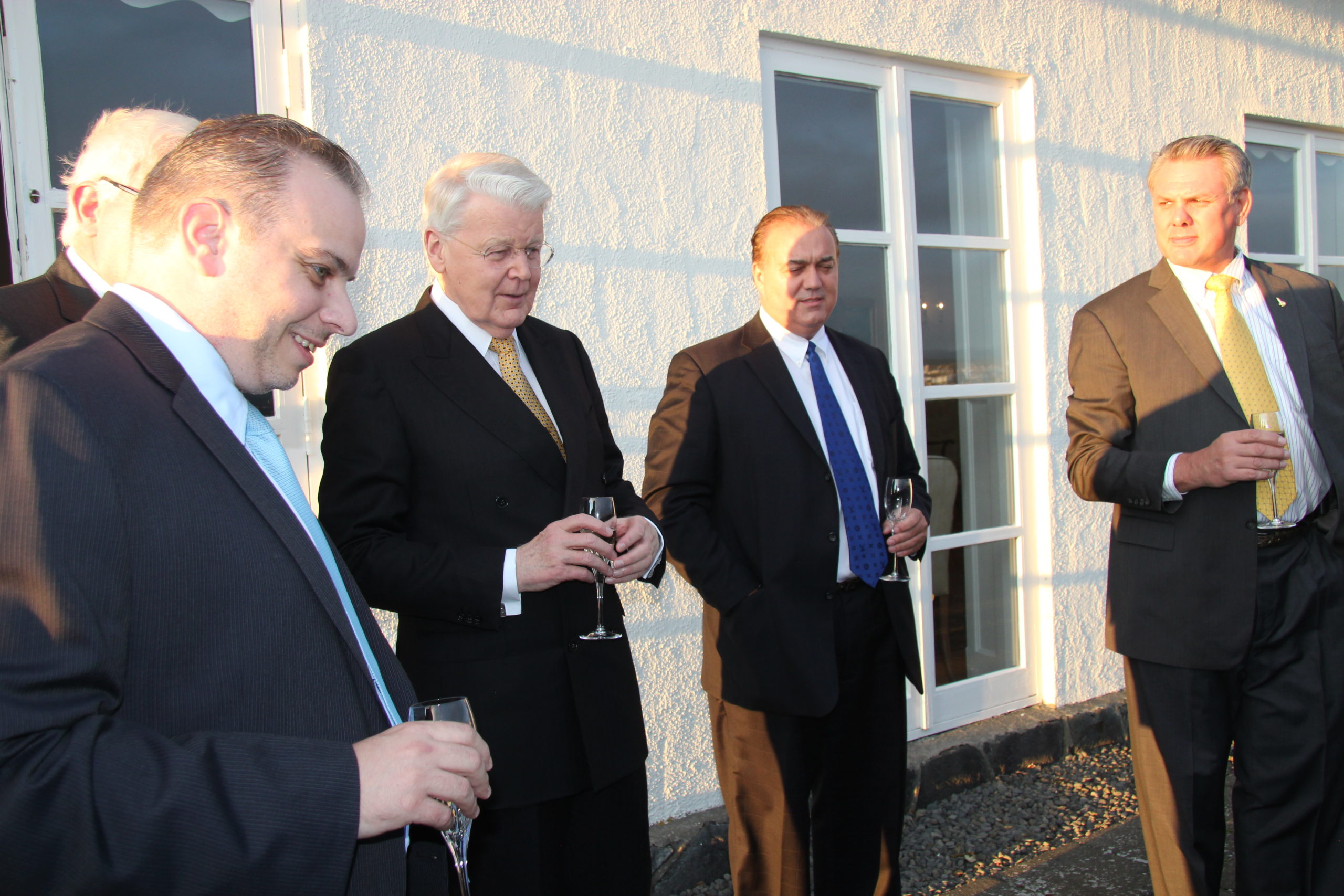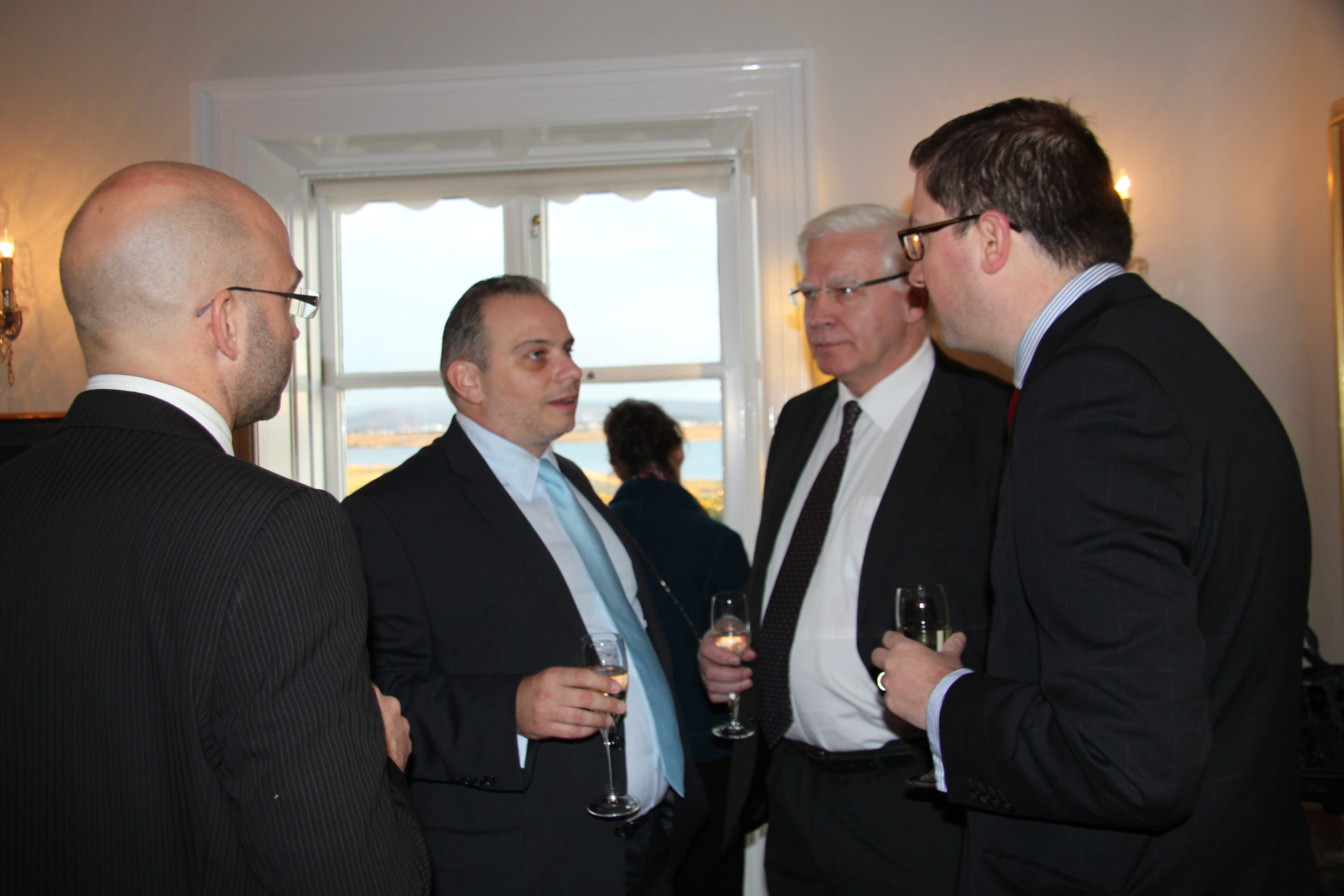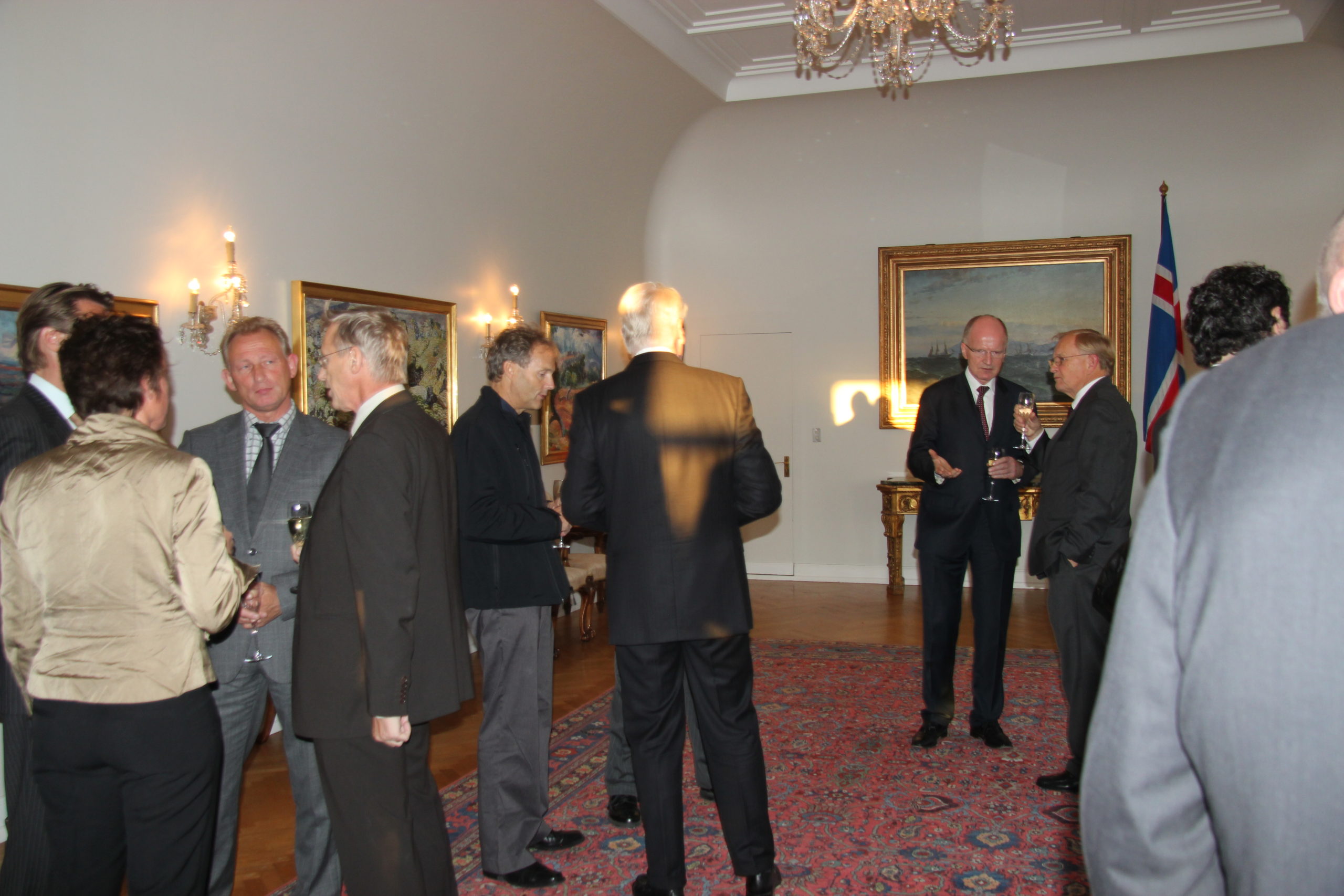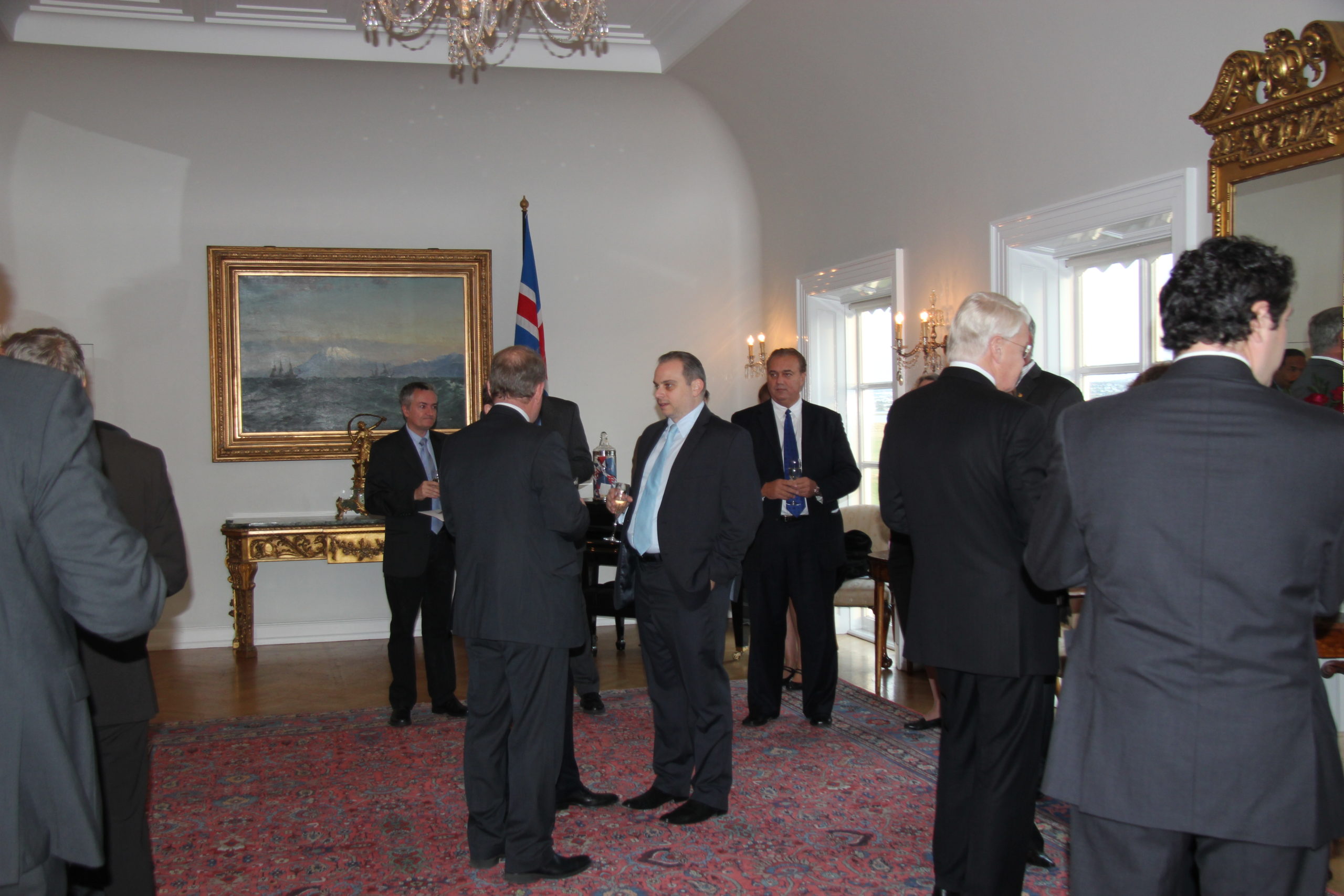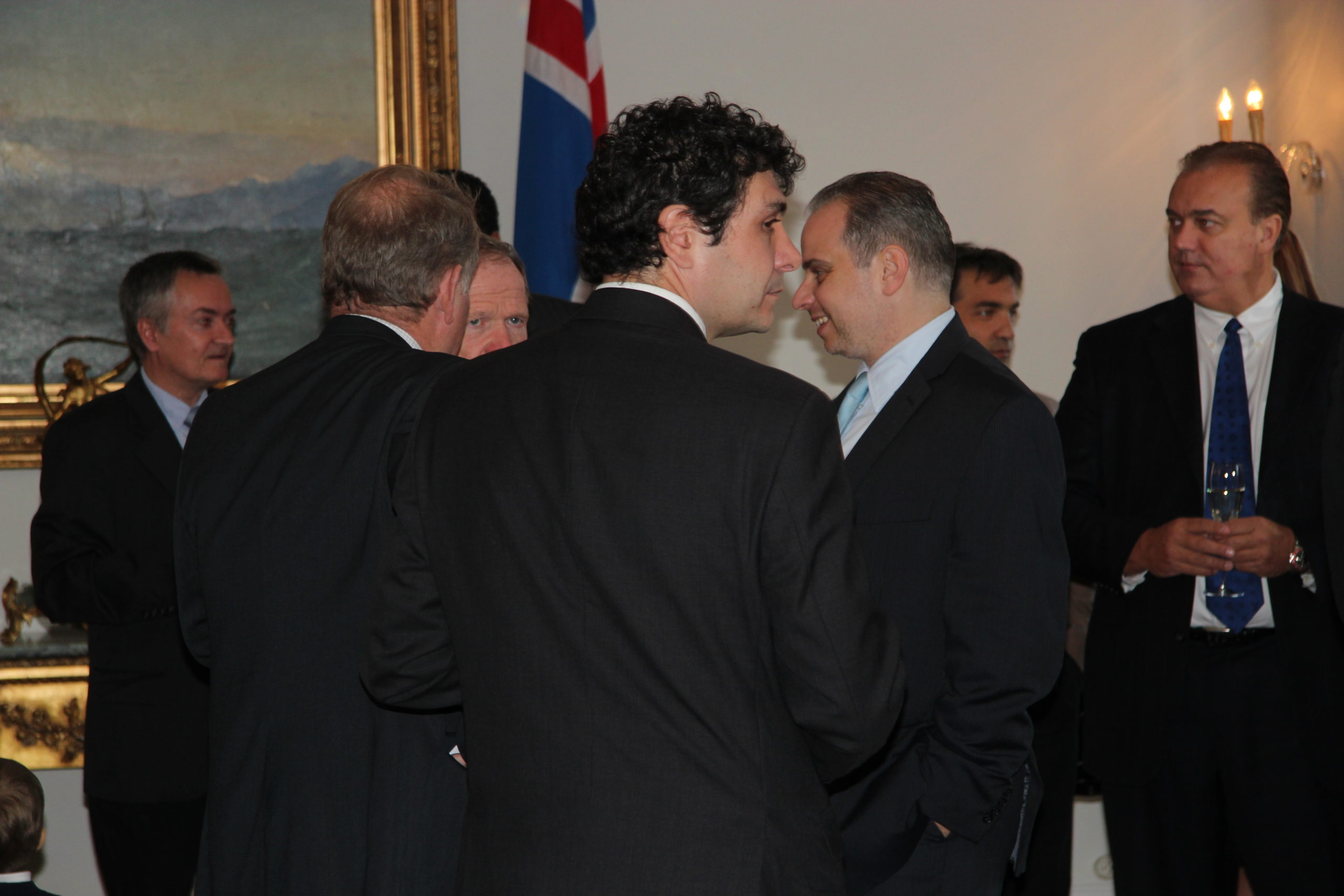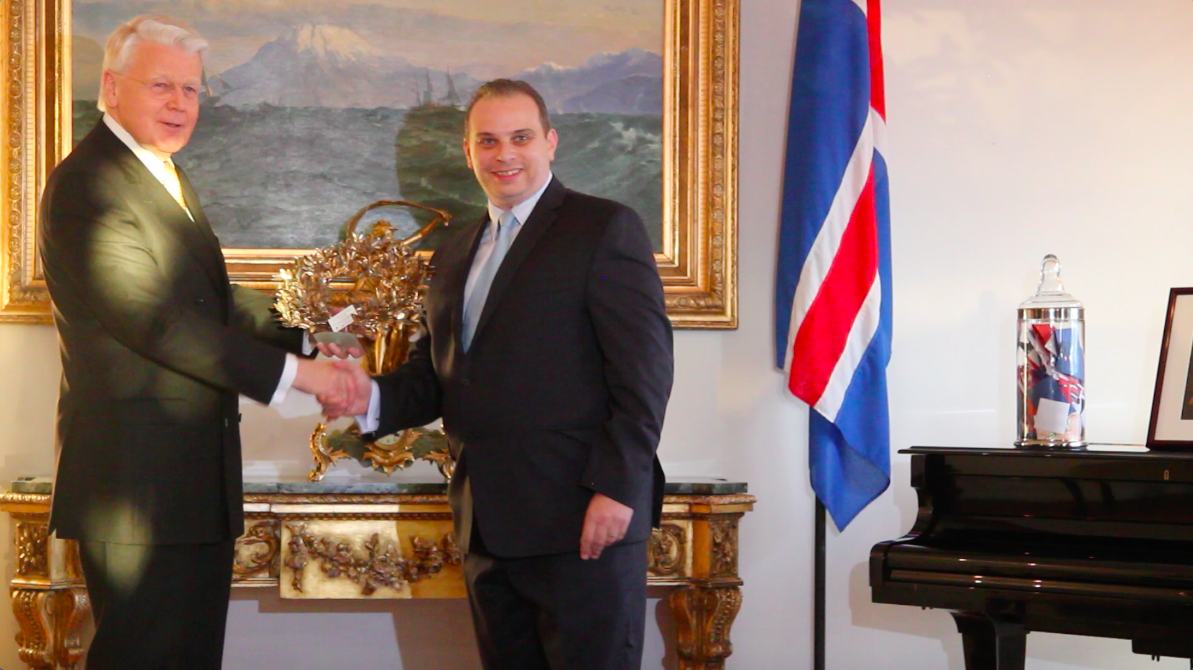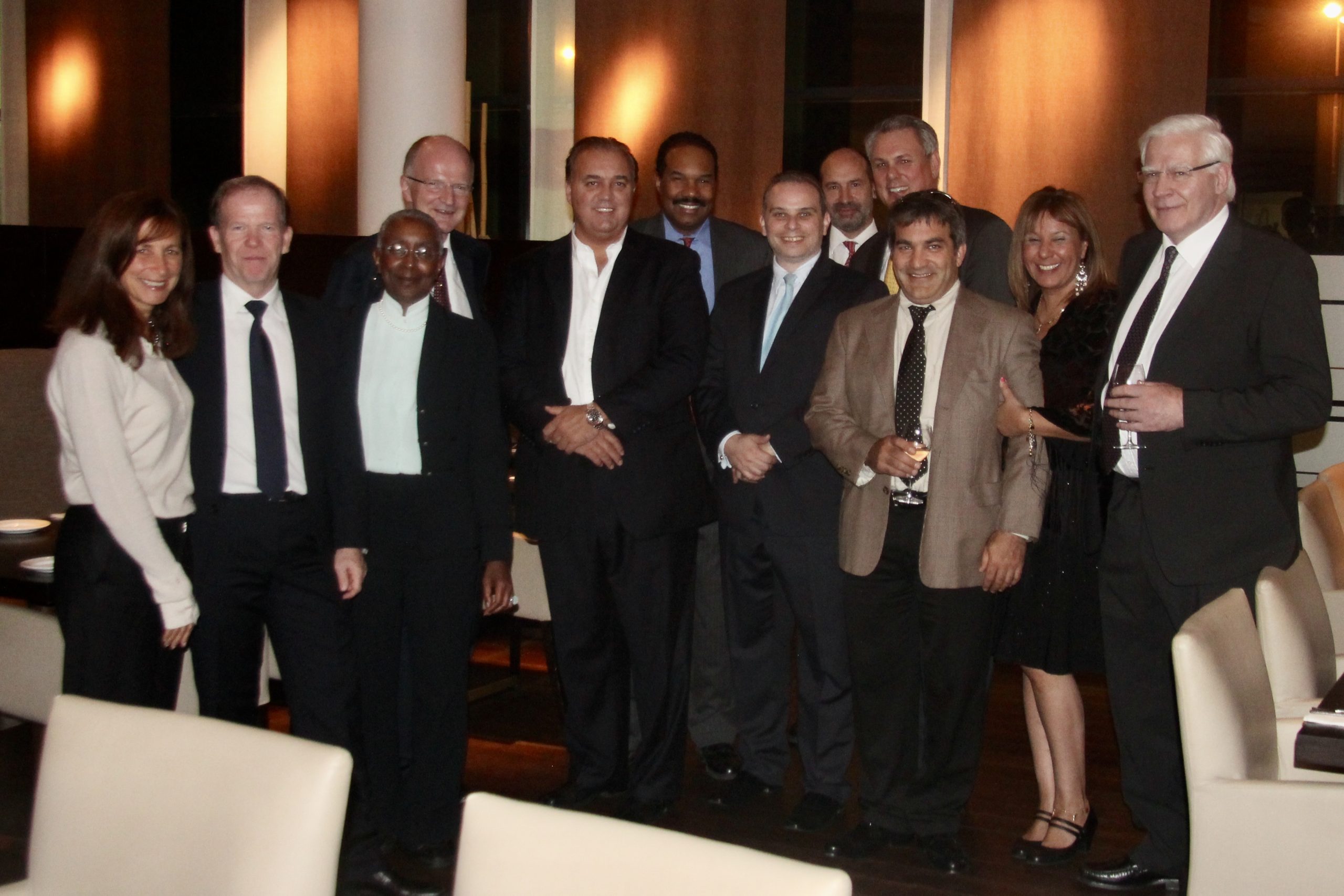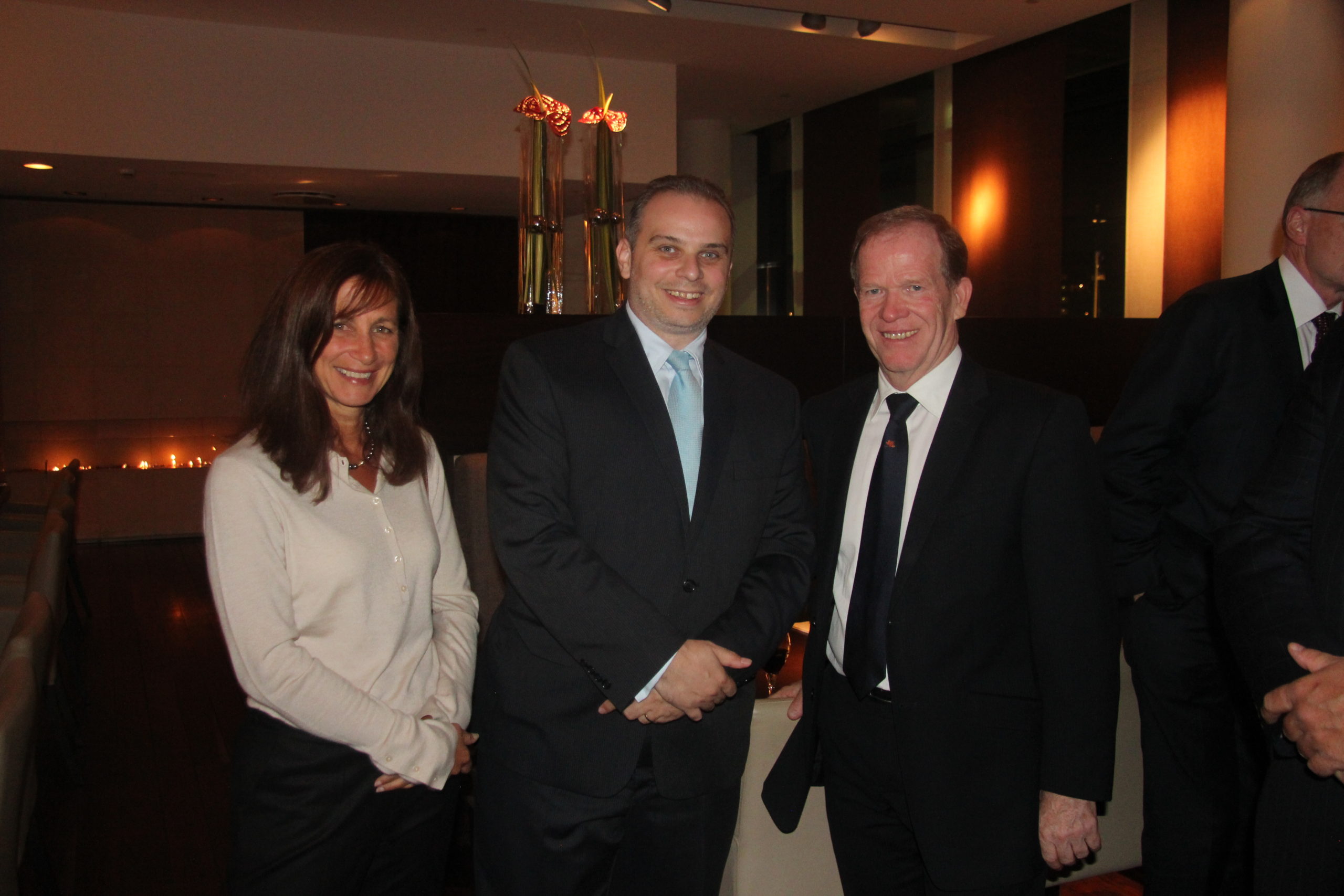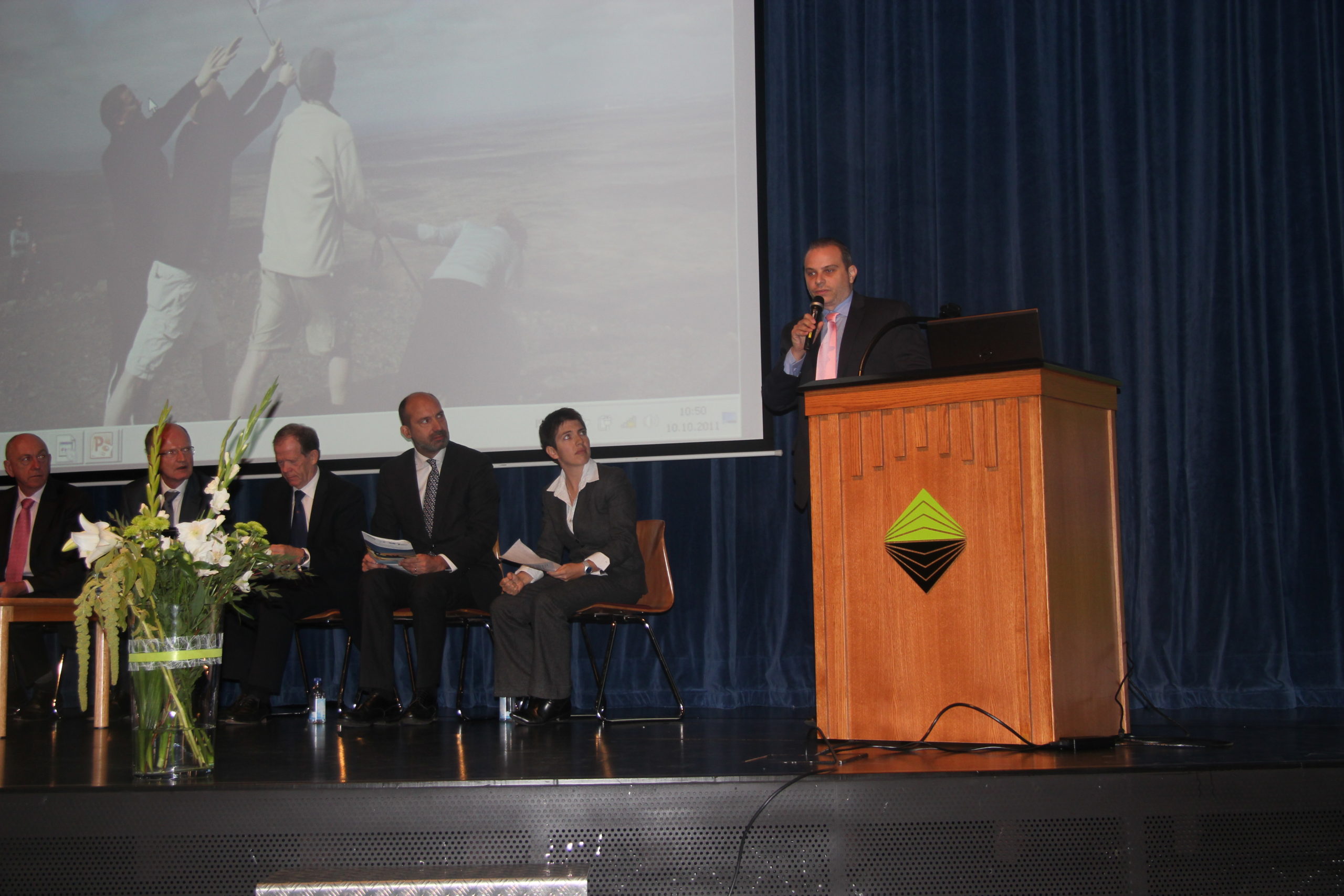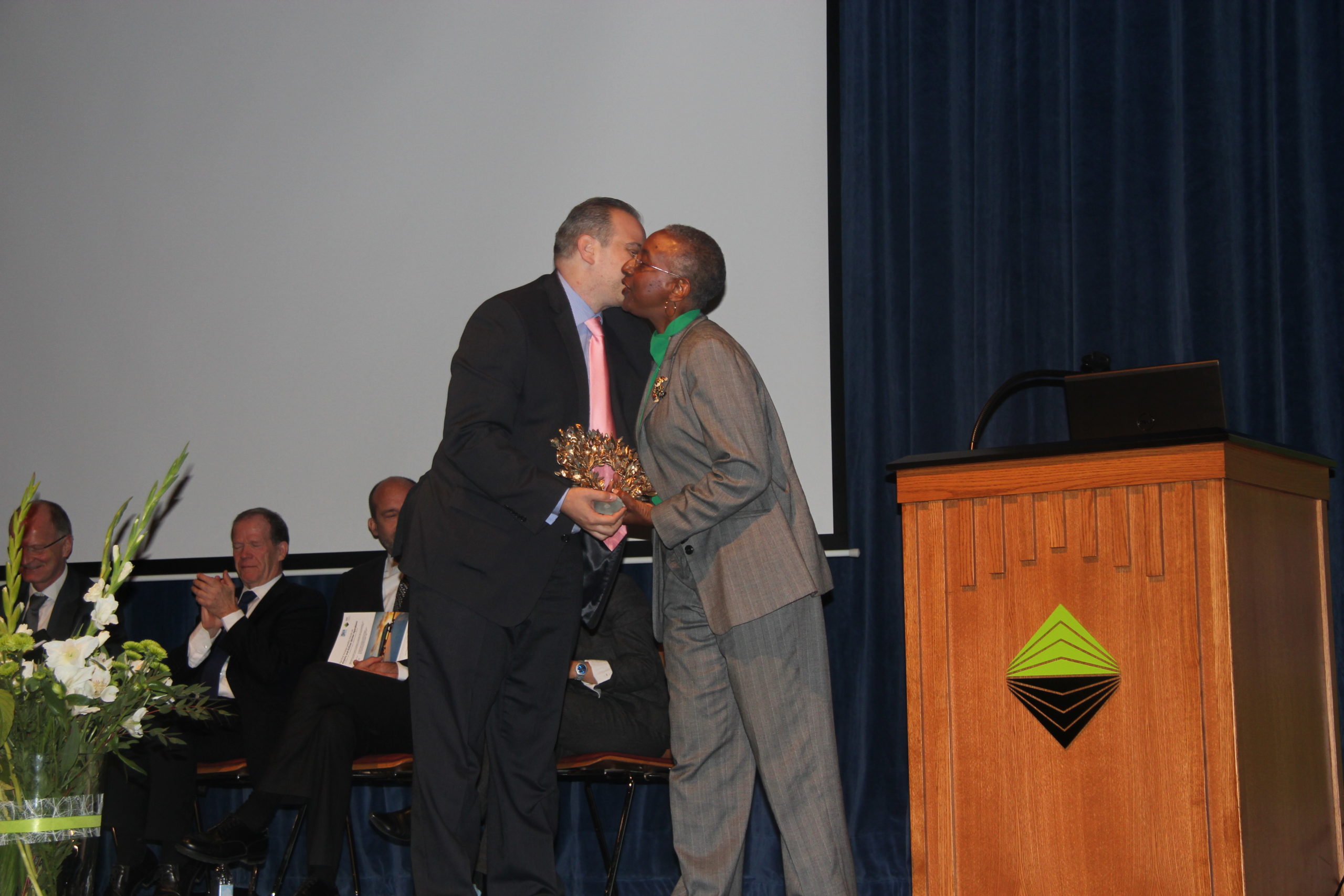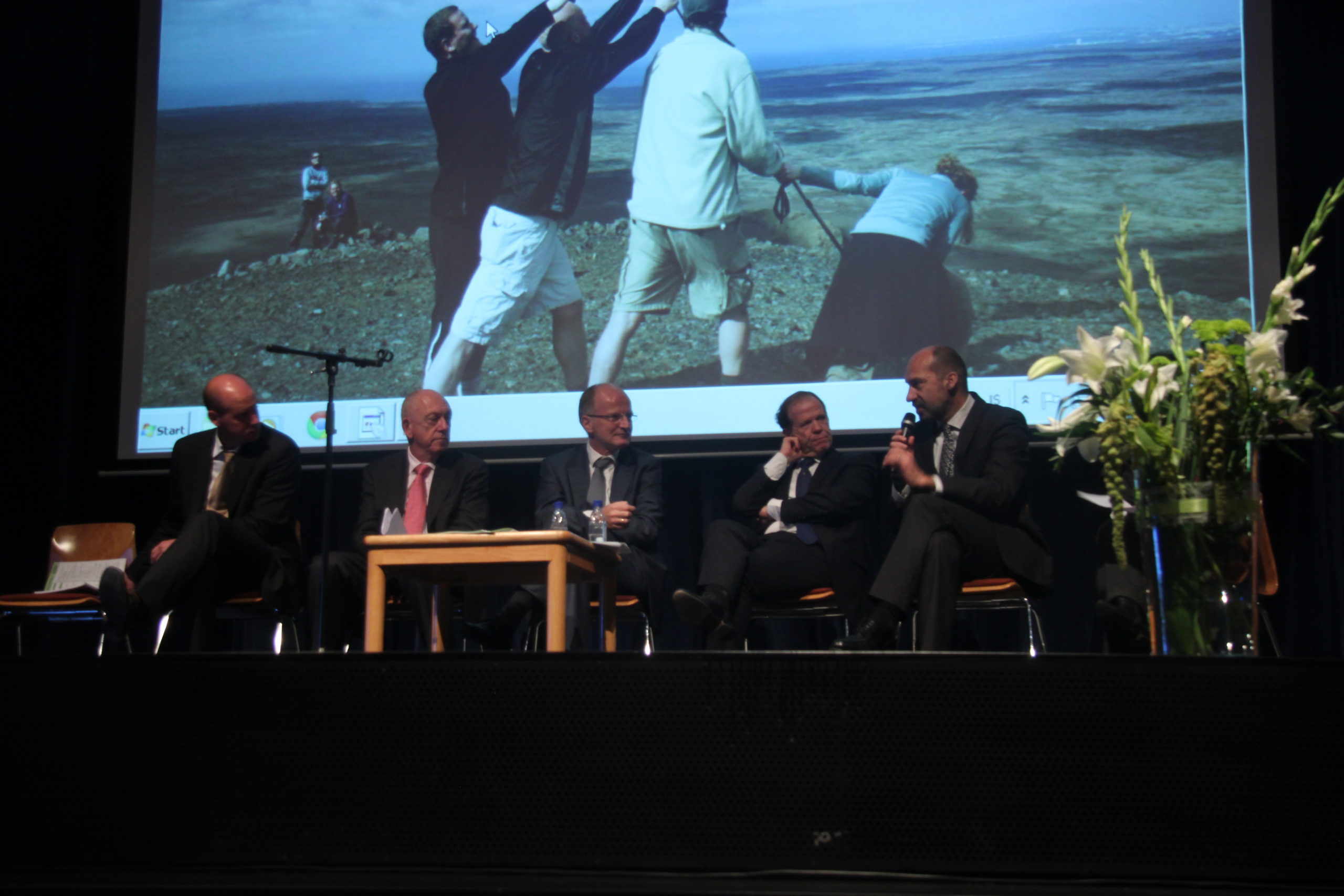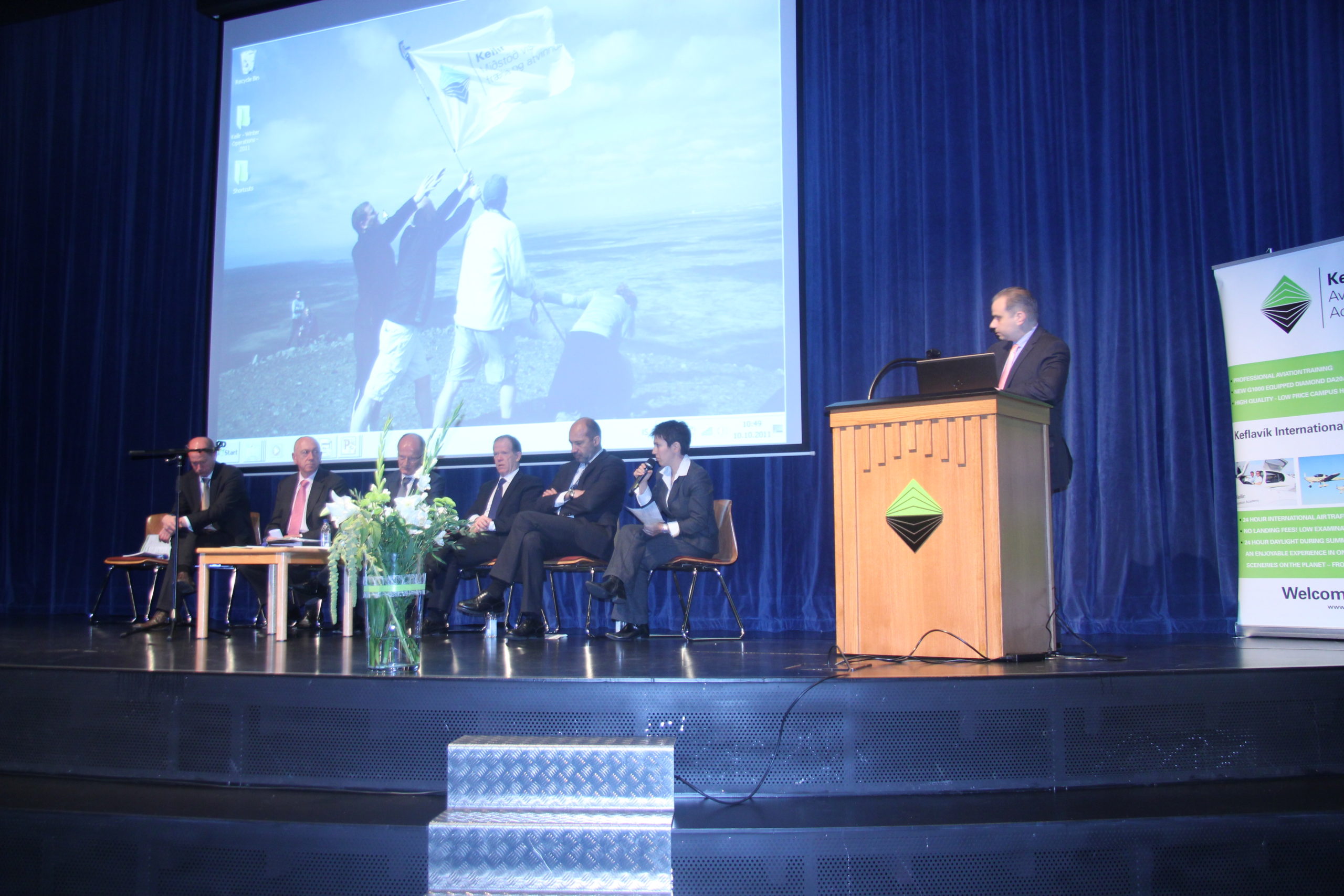The First Aviation Leaders Forum on Airports and Airlines Winter Operations
Organized by Air Transport News and Keilir Aviation Academy in cooperation with ACI, AEA, SITA, Icelandair, Kadeco and the Ministry of Interior and Transport in Iceland.
Patron of the Forum: H.E. Ólafur Ragnar Grímsson, President of Iceland
Chairman: Dr Kostas Iatrou, Managing Directorm Air Transport News
Vice-Chairman: Ulrich Schulte-Strathaus, Secretary General, AEA
Vice-Chairman: Catherine Mayer, Vice President, SITA
Airports and Airlines – The bridge between continents and countries
President of Iceland H.E. Olafur Ragnar Grimsson
Welcome and introduction
Hjalmar Arnason, Director, Keilir Atlantic Center of Excellence
Introduction from the Chairman of the Forum
Dr Kostas Iatrou, Managing Director, Air Transport News
Keynote speech
The priorities and pressures facing airports and their regulators
Angela Gittens, Director General – Airports Council International
FIRST SESSION – Airports and Airlines Winter Operations
What happened in the winters in 2009 and 2010 and what needs to be done?
Moderator: Corinne Belveze, DG Mobility and transport (MOVE), European Commission
Summary
This panel aimed to analyse what went wrong during the December 2009-2010 and 2010-2011 winter disruptions, when the EU and US were paralysed by snowfalls, and to identify steps to be taken in the future to remedy these problems. To illustrate the scope of the disruption, a few figures can be mentioned: 35,000 flights were cancelled in December 2010 (which is more than for the whole year 2009), 1 million passengers were affected and tens of thousands of luggage items were lost or delayed.
1/ Regarding what happened during winters 2009-2010 and 2010-2011, the first panel identified that problems at airports occurred because of 2 main reasons: firstly, the exceptional nature of the weather conditions and the fact that airport operators and other services were not adequately prepared; and secondly, knock-on effects aggravated the situation at some airports.
However, it was noted that aviation safety was never compromised during the disruption, which is in itself a very positive point.
In terms of consequences, the winter disruption implied significant costs (financially but also in terms of image) to the aviation sector.
2/ A number of measures have been taken or have been identified as steps to be taken to improve the situation. Some measures have already been implemented, such as more investment in equipment and training at airports, better management of passengers’ rights during the crisis (for instance the nomination of a mediator in France to deal with passengers’ complaints), establishing higher minimum requirements for the aviation industry (for instance increasing de-icing capacities…). Others are still under development: better coordinated communication/information sharing between all actors, exchange of experience at national and international level, more appropriate rules for passengers’ rights in case of crisis, research about runway friction and de-icing, implementation of harmonised safety regulations, better rules about groundhandling services.
The final conclusion of this panel was that awareness and continuous improvements are key in order to face future winter seasons with confidence. The Passengers’ expectations are enormous and the pressure will continue to increase considering the airports’ evolving constraints in terms of capacity and congestion. Winter operations should therefore remain a challenge for aviation.
What happened in the winters in 2009 and 2010 and what needs to be done? Airlines perspective
Ulrich Schulte-Strathaus, Secretary General, AEA
Winter operations: A critical systemic process
Maurice Georges, CEO, DSNA (French ANSP)
Winter operations – A safety perspective
Gernot Kessler, Head of Airports Section, European Aviation Safety Agency (EASA)
What happened winter 2009-10 and what needs to be done? A network perspective
Brian Flynn, Head of Network Operations Services, EUROCONTROL
Winter operation at Genève Aéroport
Robert Deillon, CEO, Geneve Airport
Panel Discussion
SECOND SESSION – Airports’ Winter Operations
Airport Winter Operations
Moderator: Catherine Mayer, Vice President, SITA
Summary:
The second session focused on how Airports respond to winter weather events around the world: their plans, their communications, their processes, their actions and their commitment to safety as a number one priority. Speakers included industry experts from Denver, Helsinki, Oslo and Seattle Tacoma International Airports, as well as a representative from the United States Federal Aviation Administration (FAA).
The discussion started off with a presentation about technology and how it can help to enable airports to improve safety, operations from both a planning and real-time operations perspective, while reducing costs and improving overall services. The next presentations were from Helsinki and Oslo airports; two locations that are very accustomed to winter weather operations and the minimal negative impact it poses to their operations. As stated by Helsinki Airport, it really is about “snow how” and ensuring that all stake holders at the airport are aware of their responsibilities during the events. Oslo airport also confirmed that having adequate personnel, equipment, standardized procedures and deicing capacity are key elements for successful operations during different weather conditions.
Next two North American airports spoke of their experiences and practices to ensure continued operations during winter weather. Seattle, which has only a few snow events per year but does experience other winter conditions such as ice, rain and fog, emphasized the importance of balancing an integral business strategy with cost, safety and maintaining continuity of operations. Communications of winter operations plans to all stake holders will help to reinforce the importance of these activities and ensure minimal closures are experienced. Denver also reinforced the need for strong planning, adequately trained personnel, close coordination with government bureaus such as the FAA and National and Local Weather Services in order to minimize the negative impact of snowfall at their airport.
The FAA spoke of their new pilot programme to improve their current runway conditions reporting. The objective is to use standardized terminology, for both field condition reporting and for pilot assessment of landing performance safety, which will ultimately assist pilots in making better decisions and improve the safety of operations in adverse weather conditions.
All panelists agreed that the key to success is communication, coordination and collaboration – throughout the year. Lessons learned and planning for the next winter season must begin immediately after the winter weather ends, and all stake holders must be involved. Maintaining open dialogue, training, a clear understanding of each groups’ responsibilities, and a documented winter snow and ice plan throughout the year, will help to keep all activities under control. And while safety will not be compromised during winter operations, following good practices can help airports to remain open during the challenging conditions.
Focus areas for safe and efficient winter operations at Oslo Airport from opening in 1998
Einar Tafjord, Technical Director Air Traffic Services, Oslo Airport
Finnish Airport Snowhow
Heini Noronen-Juhola, Vice President, Aviation & Safety, Helsinki Airport
Seattle-Tacoma International Airport: Winter operations program
Michael Ehl, Director of Aviation Operations – Seattle-Tacoma Int. Airport
Denver International Airport: Winter operations program
Ken Greene, Deputy Manager of Maintenance, Denver International Airport
Airport winter operations: Reporting winter contaminants
Susan Gardner, Safety Analyst – FAA Airports Division
THIRD SESSION – Airlines’ Winter Operations
Moderator: Narjess Teyssier, Chief Economic Analysis and Policy, ICAO
Summary:
This panel reviewed the regulatory and economic aspects of the airlines winter operations
The panel discussed issues for possible EC or EASA regulatory action toward ground icing agencies and agreed that there is a need for a better education and training of staff regarding fluid application methods. When discussing the important means that need to implemented when facing severe snow conditions, one panellist stressed that it is important to establish local agreements between airlines, airports and civil agencies to be based on assessment of ‘equipment and personnel costs and investment requirements versus risk’. Besides this trade-off issue, reflected by how much the airport users are willing to pay for versus the performance standards that the airports must deliver, the panellists also mentioned that sometimes, environmental and safety interests are not always aligned.
Several speakers addressed the statistics linked to “weather” related delays and there was a general agreement that there is a stable and improving punctuality in winter months, especially in the airports used to cope with snow every winter.
Icelandair’s winter challenges
Hilmar Baldursson, VP Flight Operations, Icelandair
Air Iceland’s winter challenges
Einar S Björnsson, Director Flight Operations, Air iceland
airBaltic’s winter challenges
Janis Vanags, VP Corporate Communications, airBaltic
Severe and normal operations in winter
Mike Ambrose, Director General, ERA
FOURTH SESSION – Airports and Airlines Winter Operations: The Global Economic and Business Dimension
Moderator: Ulrich Schulte-Strathaus, Secretary General, AEA
Summary:
This panel reviewed the broader global, economic and technological aspects of the conference theme.
The panel discussed the wide array of positive effects of snow for economies which depend upon snowfall, in terms of direct, indirect, induced employment and thus impact upon national GDPs. If infrastructure providers cannot handle the snow masses, the downsides for airlines, airports and economies are equally measurable. One panellist analysed the impact of the snowfall on the UK economy as costing a GDP reduction of GDP 280 million/day.
The panel concurred that, for an efficient handling of snow, the airport must be prepared in terms of adequate procedures, appropriate training of personnel and access to sufficient equipment. Modern equipment comes at a high cost of ownership and operations, progress can be achieved, but not by expecting an entirely new technology to be activated – the panel advocated improved technology and contingency planning. The discussion revealed that the scale efficiencies of larger airports can amplify the effects of weaknesses in the procedure or facilities to the detriment of the user.
Several speakers addressed the relationship between the airline and the customer, in particular the EU legislation on consumer rights. The view was expressed that the Regulation must be reviewed to adequately cater for performance problems which airports can have within their respective supply value chain. Consumer rights should be harmonised globally and aimed at establishing a realistic level of expectation.
Beautifying the beast: Challenges faced by tourism in winter operations
Dr Andreas Papatheodorou, Senior Advisor, DATTEA
Airports and Airlines Winter Operations – the Global Economic and Business Challenges
Narjess Teyssier, Chief Economic Analysis and Policy, ICAO
Does the north/cold-south/warm divide have an impact on airports efficiency?
Dr Rico Merkert, Head of Centre for Air Transport, Cranfield University
Can technology revolutionize winter operation of airports
Dr Thorgeir Palsson, Professor Reykjavik University, former Director General of ICAA
FIFTH SESSION – Weather forecasting, snow removal of runways, aircraft de-icing, training, etc.: Airports and Meteorological Technical Dimension
Moderator: Catherine Mayer, Vice President, SITA
Summary:
The fifth session participants described the roles and activities of the Ground Handler, Meteorological, Government, and Academic stake holder groups during winter operations.
The session started off with Swissport describing their innovative winter operations management programme that is being rolled out at their airports around the world. While the final decision regarding the winter programme is a matter of cost and expectations, it is also important to understand how much equipment, personnel and technology is required. They have already seen benefits of their state of the art software, which in addition to minimizing irregular operations, helps to reduce the negative impacts of winter operations on the environment and inventory management. Next a representative from the National Aerospace Laboratory of Holland discussed the results of a training programme implemented at Amsterdam Schipol Airport to help improve winter operations. The programme includes active participation from Schipol Airside Operations, KLM Operations, and the Dutch Air Traffic Control throughout the year including simulated exercises. The initiative of conducting multi-disciplinary training resulted in better preparation for adverse weather conditions, improved interaction between stakeholders, and improved real-time winter operations.
The next speakers from the Denmark, Finland, and Iceland Meteorological Offices spoke about the importance of predicting and forecasting weather conditions throughout the season and using technology such as remote sensors, radar and satellites to communicate customized information to their stake holders. Regular communication with specific updates, in shorter time intervals is important, as well as integrating information from other transportation departments such as road and ferry. Important considerations when providing information are the airport locations and specific locations especially along the runway as conditions may vary from one end to the other impacting safety and all operations.
The next two presentations focused on technology that will help to reduce the negative impact of winter weather. The first was about a remote maintenance pilot programme sponsored by the United States Air Force as well as their efforts to reduce the challenges and complexity of the Air Traffic Control and Landing Systems through the deployment of mobile ground landing control and various radar systems. The second discussion was around the use of Light Detection and Ranging (LIDAR) technology as a way to examine and monitor the atmospheric events in order to improve aviation safety. And while the practical application of LIDAR technology for aviation meteorological services and environmental safety has not yet materialized, close continued cooperation of scientific community and aviation stakeholders will hopefully reduce the negative impact of winter operations in the future.
In conclusion the panelists all agreed that winter operations are best managed through close and continuous collaboration, communication, cooperation, training between all stakeholders.
Winter Operations Management Program
Richard van Bruygom, EVP, Swissport
Icelandic winter weather and the effects on airport operations
Theodór Hervarsson, Director Warning Systems, Icelandic Meteorological Office
Callenges of aeronautical weather forecaster in winter time at high latitudes
Leena Neitiniemi-Upola, Meteorolog, Finnish Meteorological Institute
Airport weather preparedness and optimizing collaborative decision making
Søren Brodersen, Senior Meteorolog – Danish Meteorological Institute
Training for winter conditions at Amsterdam Airport Schiphol
H.J. (Harmen) Abma, Senior R&D Engineer Training, National Aerospace Lab
Synergy of ground-based and space LIDAR and radiometer systems for warning and monitoring of dangerous events in atmosphere
Dr Anatoli Chaikovsky, Institute of Physics of the Nat. Academy of Science in Belarus
US Air Force mobile navigation aids and remote NAVAID
Edgar A. Wright, DAF Deputy Director Headquarters, Air Force Flight Standards
Declaration-Recommendations
Forum Conclusions and Declaration
Forum Chairman: Dr. Kostas Iatrou, Managing Director
The Conference addressed the question of whether the severe snowstorms Europe experienced in the winter 2010/2011 were atypical, and whether lessons could be learned and measures implemented to prevent unnecessary future disruptions of operations as a result of severe meteorological conditions. The participants concluded that Airport Winter Operations are a systemic issue not only between airports, airlines, and ground handlers, but between all stakeholders including meteorological offices, the local community, other means of transport, and the general public. Ultimately participants agreed on the following four essential factors in order to overcome adverse climate conditions:
Collaboration
Cooperation
Coordination
and Effective Communication between all stakeholders
Furthermore, technology will be the enabler for success, ensuring consistent information sharing of accurate and comprehensive data, in real time, between all stakeholders.
Airlines and airports as well as the general public need to understand that for the purpose of safety and cost-effectiveness, flight frequency and capacity may need to be reduced in order to minimize the indirect consequences of severe winter weather conditions.
CDM (Collaborative Decision Making) and other information technology solutions will enable the sharing and integration of real-time data between all stakeholders and ultimately enhance decision making capabilities.
Adverse winter conditions can often have significant impact on the reputation of aviation as a reliable mode of transportation. However, just like for other means of transport, the exceptional nature of these conditions can lead to disproportionate requirements being imposed by consumer rights legislation. Participants discussed the role of such legislation and the extent of the burden of compensation and accommodation placed upon airlines. Participants felt that a review of EU Directive 261 would be beneficial, to reconsider the extent of the requirements and adjust them based on legitimate and reasonable expectations.
When benchmarking success factors, participants agreed that pro-active planning, adequate processes, meaningful training, and investments in technology will enable stakeholders to effectively and efficiently meet the challenge of adapting rapidly to deteriorating and severe weather conditions, and to minimize accidents, delays and cost. Procedures, agreements, and Key Performance Indicators between stakeholders likewise play a significant role to ensure relative stability of the operational performance and service levels.
Participants also discussed the specific approaches pursued by successful airports such as Geneva, Helsinki, Oslo, Denver and Seattle, and airlines such as Iceland Air and Air Baltic.
Chairman: Dr Kostas Iatrou, Managing Director, Air Transport News
Vice-Chairman: Ulrich Schulte-Strathaus, Secretary General, AEA
Vice-Chairman: Catherine Mayer, Vice President, SITA
Angela Gittens, Director General, Airports Council International


